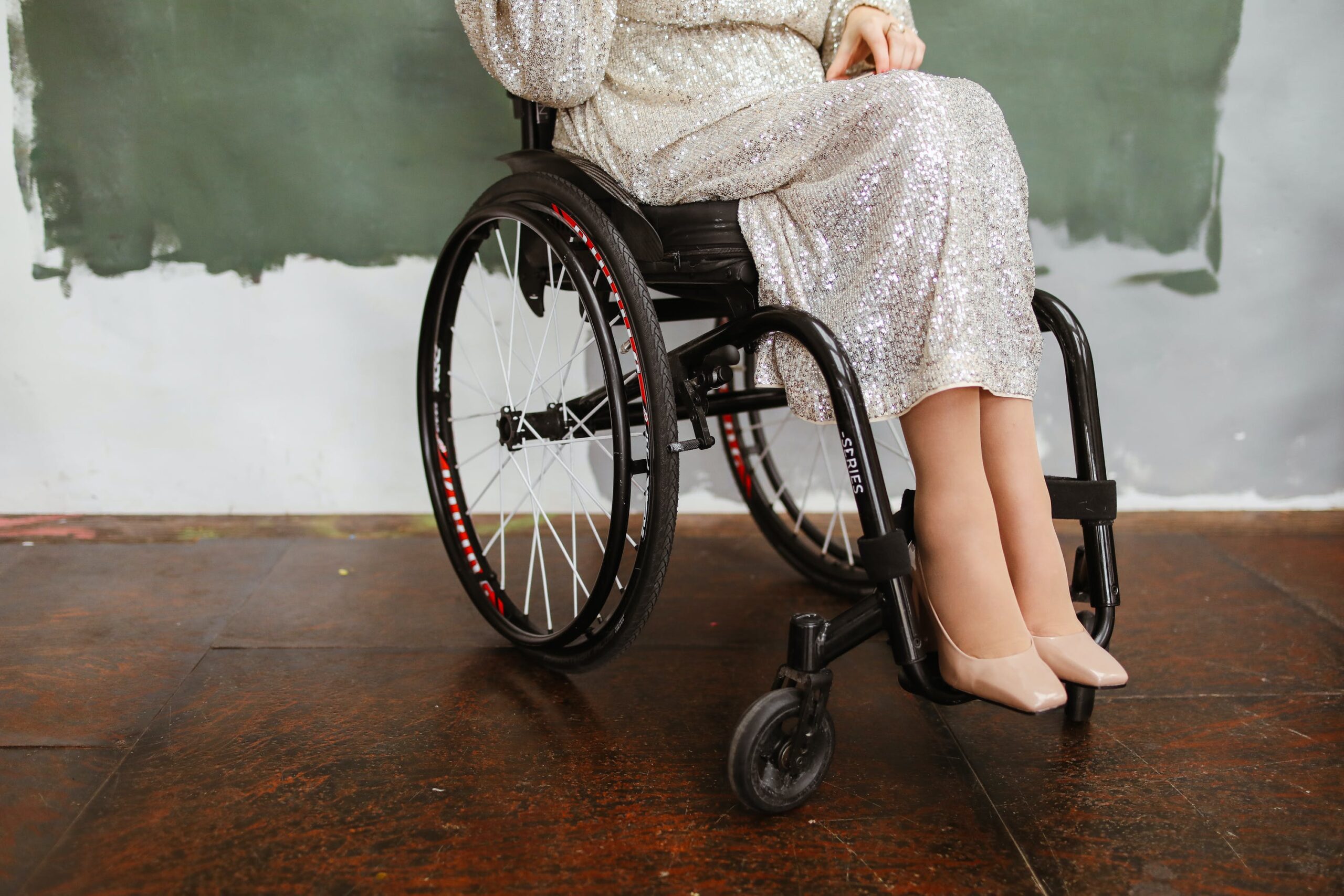
 By
Venita Adams
By
Venita Adams

Cerebral Palsy (CP) is a group of disorders that affect a person’s ability to move and maintain balance and posture. It is the most common motor disability in childhood. While living with CP can be challenging, there are many ways individuals can practice self-care to improve their quality of life.
Cerebral Palsy is caused by abnormal development or damage to the parts of the brain that control movement, balance, and posture. Most often the problems occur during pregnancy; however, they can also occur during childbirth or shortly after birth.
Music can be a great escape from the stresses of life and the reality of the condition, especially after a doctor’s appointment where the news may not have been the best.
Working out, especially in a pool, can be a great way to relax muscles and the mind. Regular physical activity offers numerous health benefits, both physically and mentally.
Reading books can provide a chance to relax the mind and find peace within the body.
Maintaining a balanced diet is crucial for overall health and well-being.
Taking a bubble bath, especially after hours of physical therapy and doctor appointments, can be a great way to relax the body.
Engaging in a hobby can provide a sense of accomplishment and joy.
Writing thoughts down in a journal can help process emotions and provide a therapeutic outlet.
Squeezing a stress ball can be a great way to handle emotions and maintain a clear mindset.
Q: Can people with Cerebral Palsy live a normal life?
A: While Cerebral Palsy affects movement and coordination, with the right treatment and support, individuals with CP can lead a fulfilling life.
Q: Is Cerebral Palsy a progressive condition?
A: No, Cerebral Palsy is a non-progressive condition, meaning it does not get worse over time. However, symptoms can change over time, which may require adjustments in management strategies.
Q: Can Cerebral Palsy be prevented?
A: In many cases, Cerebral Palsy is due to factors that are out of control. However, there are some preventative measures, such as ensuring a healthy pregnancy, that can reduce the risk.
Living with Cerebral Palsy can be challenging, but with the right self-care strategies, individuals can improve their quality of life and wellbeing. Remember, it’s important to consult with healthcare professionals to develop a personalized care plan.





Never miss an important update. Be the first to receive our exclusive beauty tips straight into your inbox.